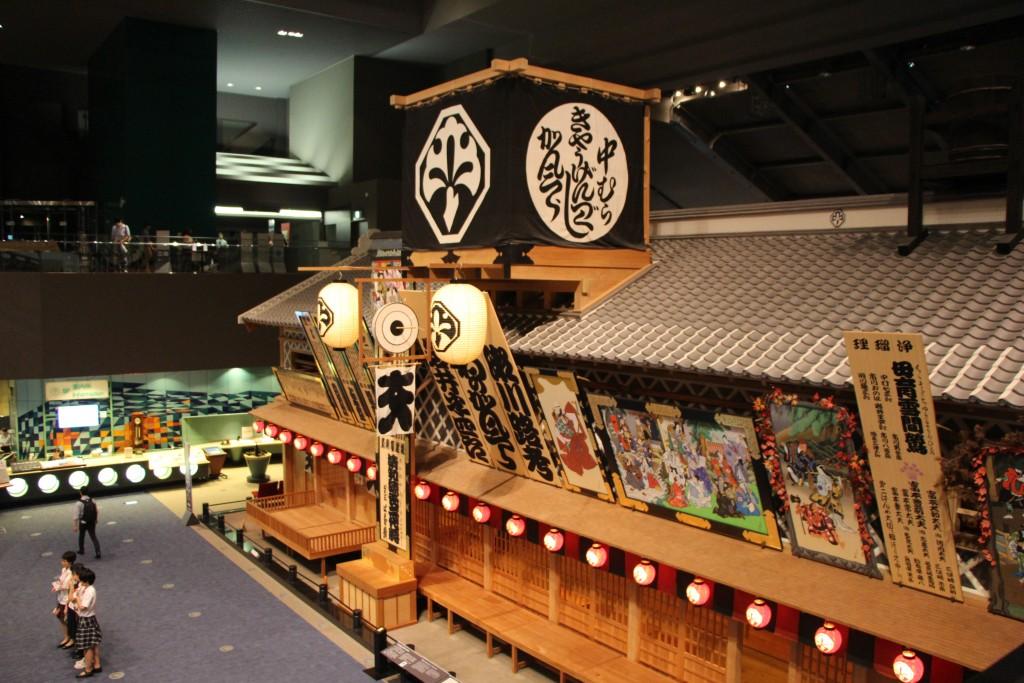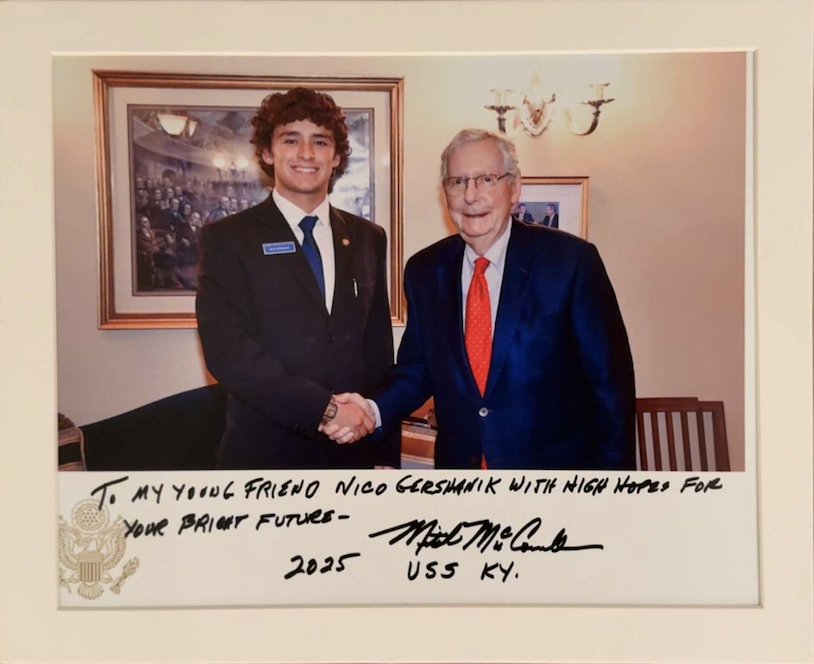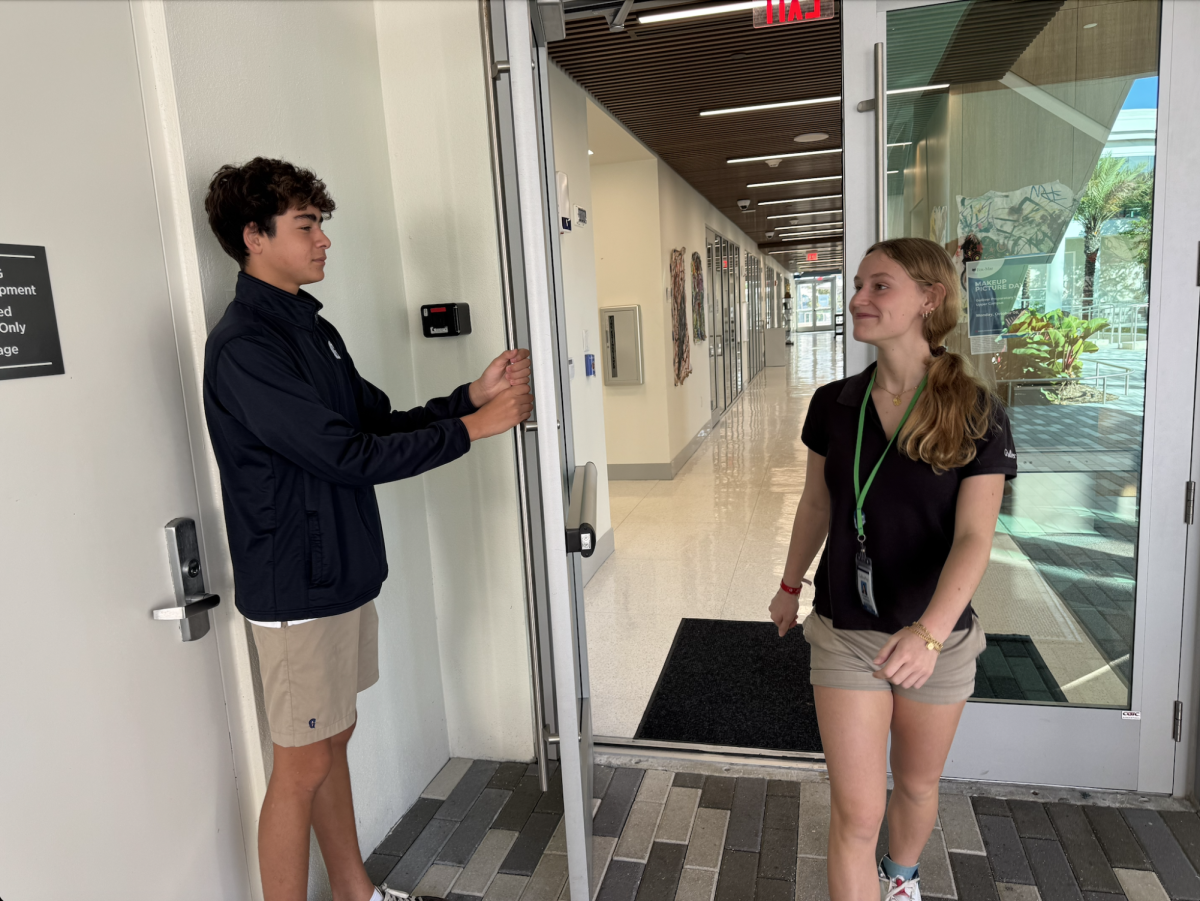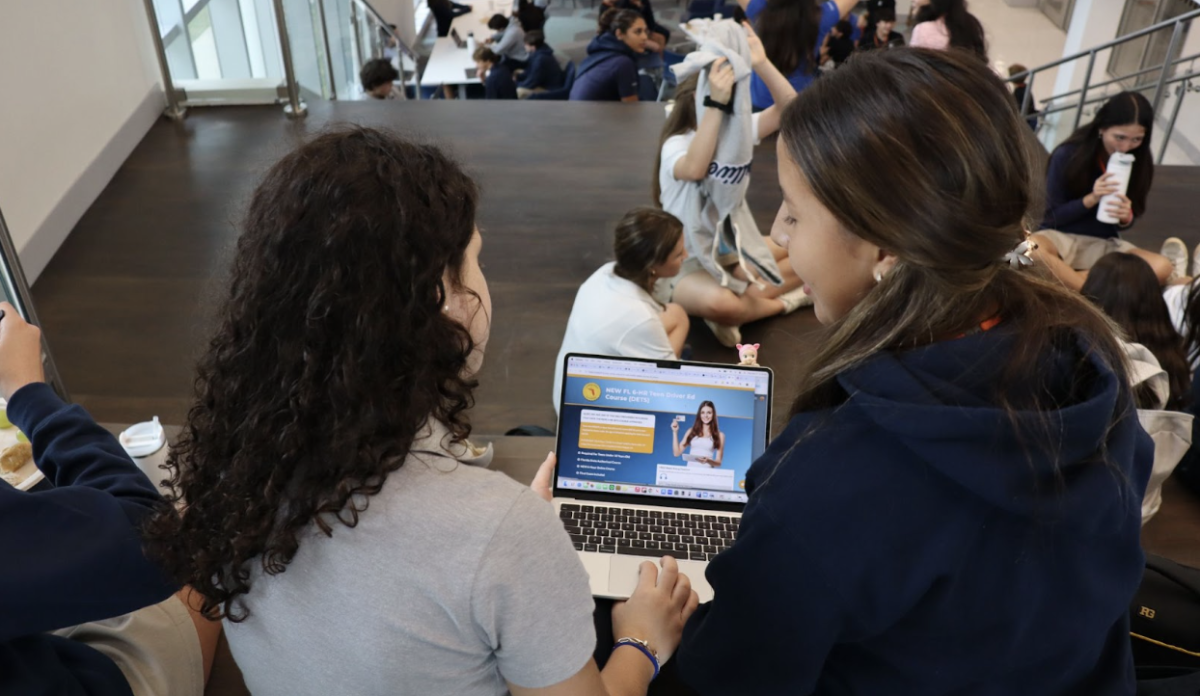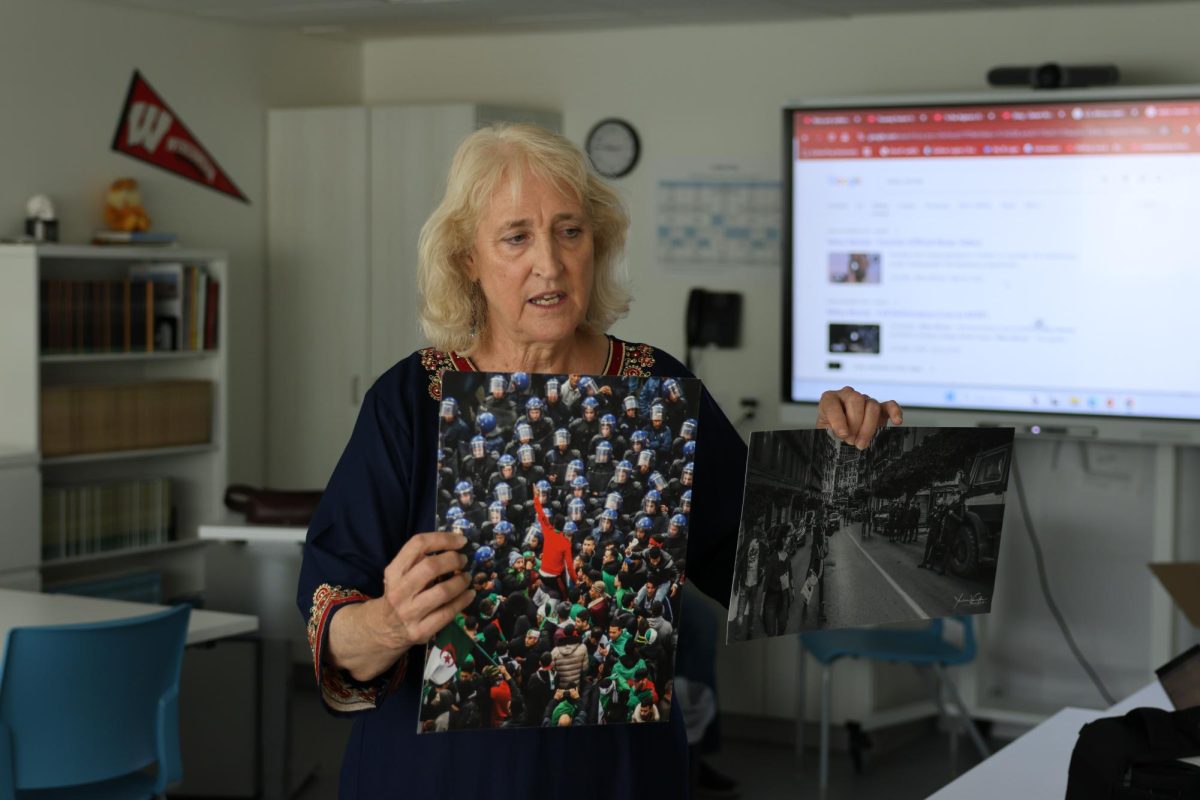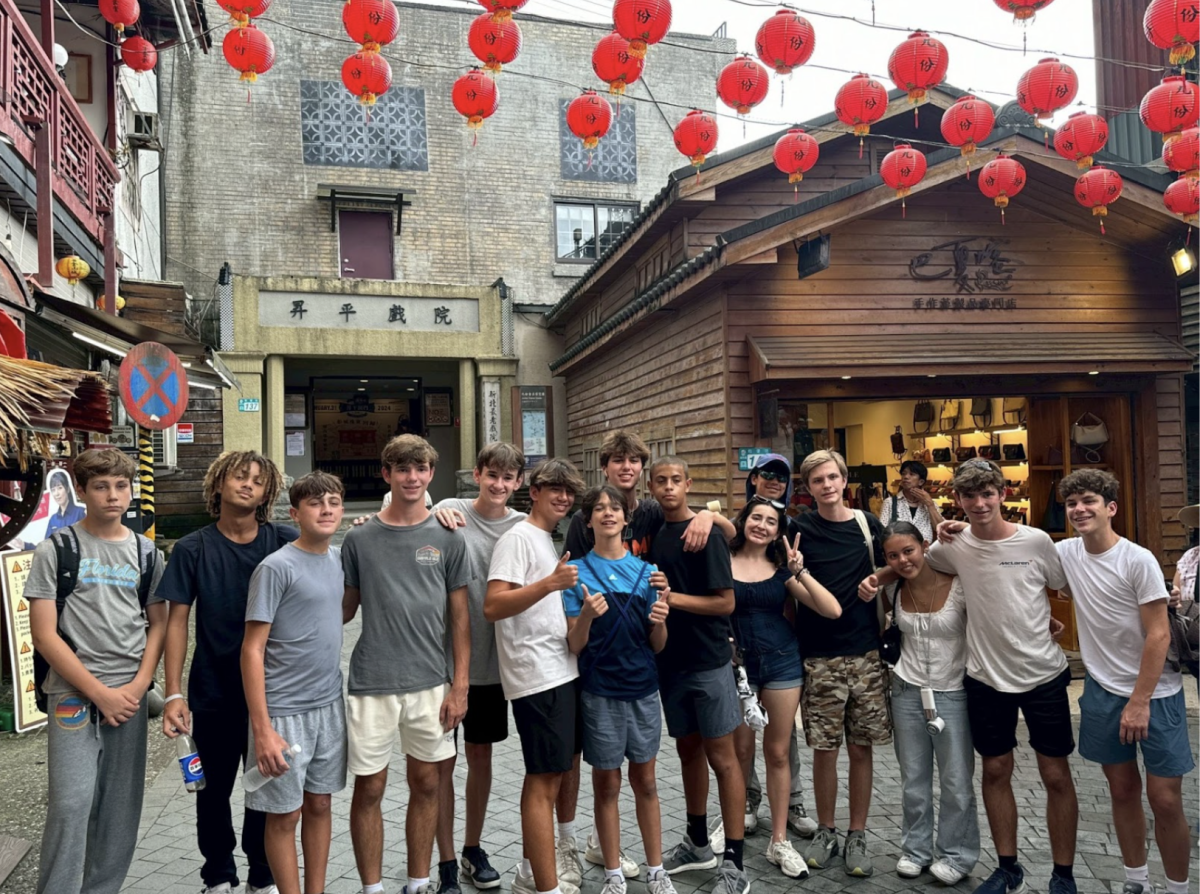[slideshow_deploy id=’2862′]
On July 11, 22 students and three faculty members embarked on the adventure of a lifetime as they boarded a 14-hour flight to Tokyo, Japan. The group served as a quarter of the selected representatives of the North American component of “Japan’s Friendship Ties Programs,” the Kakehashi Project.
The Kakehashi Project is a fully-funded, youth exchange program between Japan and the United States, promoted by the Japan International Cooperation Center (JICE). Implemented in March of 2013, the project launched in hopes of revitalizing the Japanese economy by promoting international interests and providing a further understanding of Japan’s policies, attractions, and strengths. By familiarizing a younger generation with the country, the government strongly believes the future of Japanese foreign relations will improve.
The program comprised of 100 students separated into four groups by school. From early wake up calls to late night activities, participants visited multiple museums, shrines, national monuments and parks. The groups’ individual itineraries consisted of three segments that began and ended in Tokyo. In between, each separately traveled to surrounding prefectures to experience traditional Japanese life.
“Our school has a close relationship with the office of the Consulate General of Japan in Miami,” said Japanese teacher Chiho Cotton, “with their recommendation to the Ministry of Foreign Affairs of Japan, we were luckily chosen among eight schools nationwide to participate in the project.”
Several days following arrival in Tokyo, the Prep group traveled to Ube City in the Yamaguchi Prefecture to shadow students at a local high school. Afterwards, each American student was paired with a Japanese family for a two-day homestay. While many were nervous to do so, students found similarities with their short-term siblings and formed strong bonds. Following a heartwarming farewell lunch, the participants regrouped and returned to Tokyo for the final collaborative workshops.
“It was such an unforgettable, eye-opening experience,” said Junior Margaret Rodriguez, “the homestay exchange really allowed me to immerse myself in traditional Japanese culture and customs.”
As expected, students also experienced several culture shocks. Language differences proved to be a significant barrier, but a small translation handbook with common words and phrases provided a foundation for basic communication. Students also tasted foods uncommon to the United Sates and improved upon their chopstick and soup slurping skills.
“Not only were we treated with incredible kindness, but we were also challenged to see beyond our own social norms and expectations and get a glimpse of what life is truly like in Japan. We all left returned home with a new found admiration for a country that remains such a mystery to so much of the world,” said chaperone Manuel Santelices.
Throughout their stay, participants shared their experiences using social media networks such as Facebook, Twitter, and Instagram. They also created videos, blogs, and presentations to spread their findings and to send back to Japan in appreciation for the country’s hospitality.

